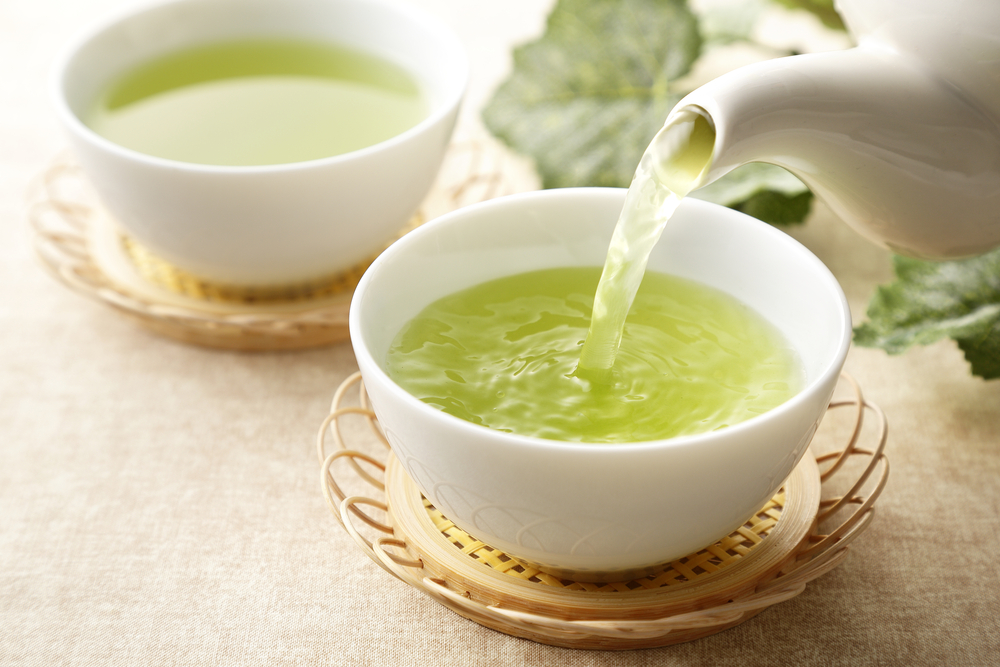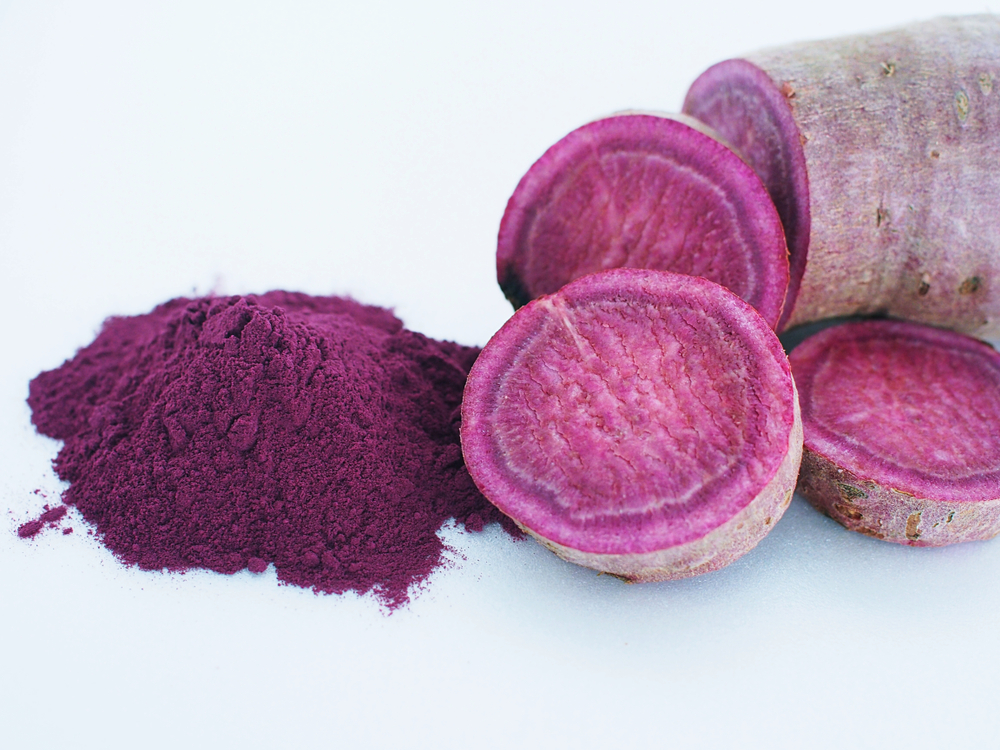The Natural & Organics Show (NOPEX) will be taking centre stage once more at…

FOOD AND DRINK TRENDS FOR 2023 AND BEYOND
Food and drink consumers throughout the world can be assured of a continuing spotlight on health and wellness benefits in the year ahead. As increasing evidence emerges about the links between digestive health, immunity and long-term wellness, it’s widely predicted that 2023 will deliver an ever-expanding range of innovative products to the global marketplace.
Consumer experts Mintel agree that “consumers will look for food and drink that influence cognitive capacity, manage stress levels and optimize brain function.” Similarly, an extract from Waitrose’s 2022-23 Food and Drink Report observes that ‘protecting our brains will become just as important as perfecting our bodies. This means an increased focus on “brain food” such as fatty fish like tuna and salmon, blueberries, broccoli, kale, spinach, pumpkin seeds, dark chocolate and rocket to improve memory and focus.’
Another pointer to the ongoing call for health awareness products is the boom in zero percent alcohol alternatives. Supermarkets will be stocking an enlarged range of alcohol-free categories to cater for growing numbers of ‘No-Lo’ consumers who want no or low content alcohol. In the lucrative beer category, Ticket is receiving rave reviews for its saffron-enriched alcohol-free beer. Meanwhile, at a chic hotel in Paris, traditional wine lovers have been wowed by a zero percent sparkling wine creation called French Bloom. Praising the taste for its notes of pear and lemon, Le Royal Monceau hotel Sommelier Laura Jurado enthused: ‘there is the hint of the minerals that you find with chardonnay.’
Given that consumers are attuned to maintaining a healthy lifestyle, the range of ‘mood foods’ and ‘mood beverages’ infused with CBD and THC have become part of the functional food category. The functional beverage market in Europe, Middle East and Africa is forecast to reach $58.3 billion by 2026 as the demand for energy and immune support products continues to surge. The US conglomerate, Lyons Magnus, welcomes the emergence of Japanese hojicha tea, a green tea that embraces the benefits of antioxidants, stress release and reduced cholesterol. The rising popularity of water kefir, a probiotic drink made with fermented kefir grains and dairy-free, seems likely to expand beyond its well-established markets in Europe and North America.

In the traditional spirits market a noticeable shift predicted for 2023 is the decline of gin and the rise of rum and tequila. According to Waitrose’s spirits buyer, John Vine, crista lino tequila will be the ‘next big thing in tequila’ with its clear, crisp taste. The versatility of rum with all kinds of mixers, as well as exotic spiced varieties are key factors in maintaining the UK’s status as the third-largest rum market in the world. Mixers of choice for 2023 are expected to include lemon, as well as traditional cola varieties.
The global plant-based food market is expected to expand further in 2023 after a mixed performance in 2022. 2023 looks set to showcase a myriad of exciting new vegan products. Mushroom lovers can expect a feast of tantalising varieties such as lion’s mane, chicken of the woods, maitake, enoki and shiitake. In the plant-based sea food category, emerging brands like Austria’s Revo Foods, which has developed a whole cut vegan salmon fillet with 3D-printing technology, together with Aqua Cultured Foods seafood alternatives of fungi-derived mycoprotein, will be making an impact on supermarket shelves. Seaweed provides the perfect accompaniment to vegan fish recipes, as well as being nutritious and tasty in its own right, though unfortunately not easy to certify as kosher.
Planet-friendly food will continue to be a priority globally and consumers will expect brands to take an active approach to sustainable practice right across the supply chain. However, consumers in times of economic hardship also want to know that their money is being spent wisely. Natalie Keeler of BBC Good Food Magazine identifies batch or bulk cooking and freezing as an easy, budget-friendly way to make your money and meals stretch further. But as the cost of living continues to rise, cooking in bulk is becoming more popular”. Waitrose has observed the rise of the ‘Locovore’, a term used to describe a trend for people buying products as locally as possible to minimise their carbon footprint.
Active Sustainability identifies three pillars of sustainability that need to be addressed on a global scale: environmental, social, and economic. Global Data senior analyst, Nidhi Chauhan predicts that ‘food waste will move into the spotlight in 2023’, and with ‘Best Before’ dates being increasingly removed from fruit and vegetable lines. She adds that ‘the merits of repurposing food waste will expand beyond sustainability to encompass a more cost-efficient approach to food consumption.’ The desire to help the environment will lead to more ‘earth-friendly’ food, processing and packing. In future there will also be a ‘strong and rising demand for recycled material, especially polymers with “paperisation” becoming more popular.’
Leading chefs in the USA have been sharing their thoughts with Forbes on upcoming trends for the year ahead. Renowned chef, Daniele Trivero of the Ritz-Carlton, Virginia, is convinced that gluten alternatives will become more mainstream in baking with the use of chickpeas and lentil flour. A predilection for colour themed products is predicted by the executive sous chef at The Ritz-Carlton Georgetown, citing the Filipino ingredient ube, a purple yam, which gives its vibrant colour to a wide range of desserts and savoury dishes.

The importance of food colour in consumer perceptions and buying behaviour is highlighted in a recent report by Food Navigator. The report discusses how pastel flavour trends like ‘digital lavender’ are set to enhance such categories as confectionery, ice cream, beverages and bakery products, as well as the aesthetic benefits of being eye-catching on social media. According to leading food colour manufacturers Oterra, yellows, oranges and other vibrant colours will also help to bring positivity to consumers in challenging times.
Tough times seem likely for food producers and consumers alike: however, the prospects for 2023 remain positive. Cost of living worries, production costs and global trade issues may be making an impact, but major rewards lie ahead for those far-sighted companies which have the strategies in place to mitigate these concerns.




